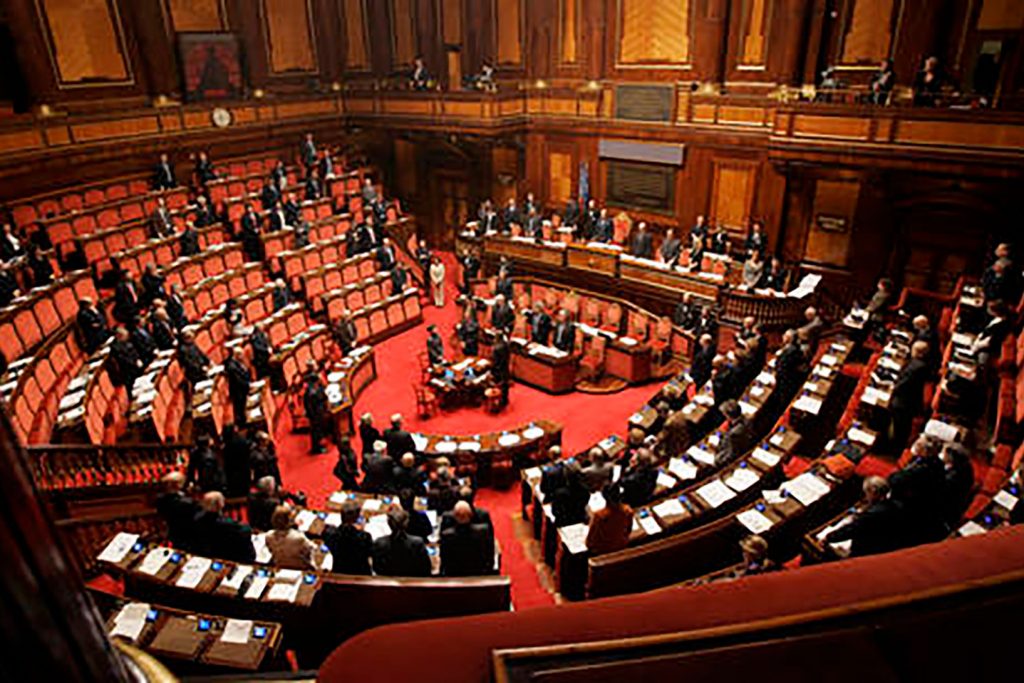The Italian Vote
The Italian Vote
It’s November 2nd and without a doubt, politics is on the mind of every American. But as we contemplate the blue and red arguments of our homegrown politicians and draw our own philosophical lines in the sand, few take the time to learn how the electoral process affects the global community. Perhaps if for no other reason, learning about the political traditions of other nations helps to bring our own system of government into perspective through the drawing of comparisons and the highlighting of fundamental differences. No matter what side of the fence you favor in American politics, we can all agree that knowledge and an informed perspective are always handy when casting any ballot.
Ever wonder how the electorate of Italy functions? Not for the faint of political hearts, here’s a primer on the Italian political system…

The People
In Italy, any adult 18 years or older can cast their vote in a general election but only citizens 25 years of age or older can vote for a Senate candidate. As for the politicians themselves, Italian citizens look for some grey hair when determining who is a viable candidate. While the Chamber of Deputies requires politicians to be at least 25 years old to hold a seat, the Senate dictates that candidates must be at least 40 years old. Voting is a serious business in Italy and the fervor to make one’s voice heard extends beyond the borders of just the “old boot.” Italians living abroad are able to vote in most Italian elections via absentee ballot through the mail. European Union citizens with residency in Italy are allowed to vote in the European Parliament elections once they receive their official national voting card. The European Parliament elections are considered administrative elections where local officials, such as city mayors, run for office.
The Parliament
The Italian Parliament is comprised of two governmental bodies with equal governmental power. The Chamber of Deputies has 630 representatives while the Senate includes 315 elected and 7 lifetime senators. Italy’s 7 lifetime senate seats are currently occupied by former Presidents of the Republic and a few Presidential appointees that have contributed greatly to the social or scientific fields of study in Italy.
Italy is divided into districts (26 constituencies in total) that are granted a certain number of representatives in the Chamber of Deputies based upon population size. The Senate however, is comprised of a set number of seats that are occupied by representatives from Italy’s 20 regions. Italy is one of the few systems of government to allocate government seats for citizens living abroad, totaling 18 Chamber seats and 6 Senate seats from the zones of North America/ Central America, Africa/Asia/Oceania/Antartica, South America and Europe.
For bills to become law under the Italian Parliament, both the Chamber of Deputies and the Senate must independently vote on the same bill in its entirety without amendments already added. Once both houses have approved the same bill independently, it will be signed into law by the President of the Republic. The Chamber of Deputies and the Senate never sit together unless called to do so under Parliamentary law, such as when electing the President of the Republic. Once a president has been elected they are responsible for choosing a Prime Minister, who then appoints government ministers and heads of key governmental agencies. The Prime Minister is arguably the most important role in the day to day governance of the country with the role of overseeing all governmental agencies, including the military.
The Parties
The electoral representation system in Italy is based on the concept of the “party-list system,” which is designed to enable different parties to form coalitions. Citizens are then able to vote along party lines or based upon coalitions, which can be comprised of as many as 10 or more different political parties. There are voting percentage thresholds however that coalitions and parties must meet in order to gain seats, and which depend upon the regions they represent. The winning coalition or party in a district is awarded 55% of the Chamber seats in that district and similarly, the winning coalition/party in a given region is awarded 55% of the Senate seats. Each coalition ranks their top candidates ahead of the vote in order to publicly endorse the candidates that will fill seats, should the coalition win. The rest of the seats are given proportionately to the minority coalitions and parties. Many Italians will lament that there may be “too many cooks in the kitchen,” making it difficult to reach a consensus on important issues. Citizens have also showed discontent with the fact that the electoral system is constantly in a state of flux, with the newest incarnation only being in existence since 2005. The regional and distinct nature of the electoral system however, ensures that there is plenty of representation from different parties and coalitions in both the Chamber of Deputies and the Senate.





























































